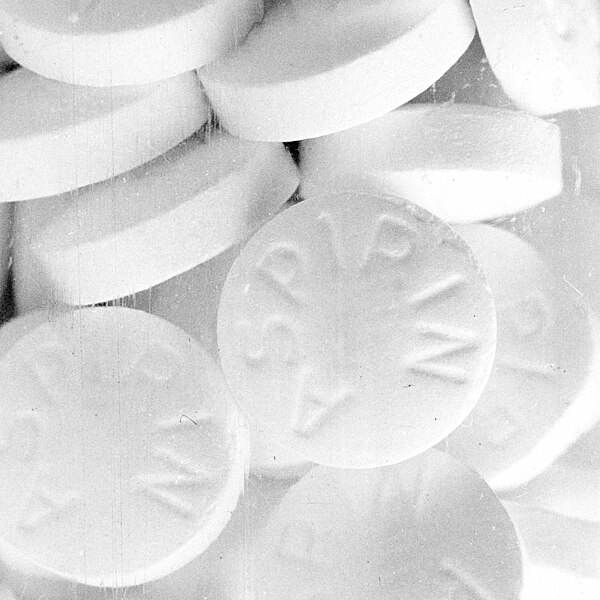An anesthetic or anaesthetic is a drug used to induce anesthesia — in other words, to result in a temporary loss of sensation or awareness. They may be divided into two broad classes: general anesthetics, which result in a reversible loss of consciousness, and local anesthetics, which cause a reversible loss of sensation for a limited region of the body without necessarily affecting consciousness.
Leaves of the coca plant (Erythroxylum novogranatense var. Novogranatense), from which cocaine, a naturally occurring local anesthetic, is derived.
Bottles of sevoflurane, isoflurane, enflurane and desflurane, the most common fluorinated ether (flurane) inhalation anesthetics. Fluranes are color-coded – sevoflurane is marked yellow, isoflurane purple, enflurane orange and desflurane blue. The notches visible below the bottle caps are unique to each agent, ensuring that a vaporizer can only be filled with the correct agent.
A drug is any chemical substance that when consumed causes a change in an organism's physiology, including its psychology, if applicable. Drugs are typically distinguished from food and other substances that provide nutritional support. Consumption of drugs can be via inhalation, injection, smoking, ingestion, absorption via a patch on the skin, suppository, or dissolution under the tongue.
Uncoated aspirin tablets, consisting of about 90% acetylsalicylic acid, along with a minor amount of inert fillers and binders. Aspirin is a pharmaceutical drug often used to treat pain, fever, and inflammation.
Nexium (Esomeprazole) is a proton-pump inhibitor. It is used to reduce the production of stomach acid.
An Amazonian shaman
San Pedro, a psychoactive cactus






